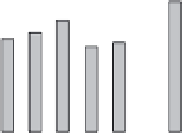Geoscience Reference
In-Depth Information
Figure 7.9 use an autotrophic index, a ratio of the
periphyton mass to the chlorophyll-a. This is a
measure of the proportions of heterotrophic (require
organic carbon to survive) to autotrophic (produce
organic compounds from simple molecules) organ-
isms. The time series of data upstream and
downstream from the abattoir (Figure 7.9) can be
split between the pre-treatment (Sep-Oct 1985),
the recovery period (May-Aug 1986) and the
recovered period (after August 1986) (Biggs, 1989).
(NB the vertical axis is on a logarithmic scale
so differences appear smaller.) A remarkable point
about this study is how quickly the river appears
to have recovered (approximately five months)
following treatment of the point source pollution.
This is a reflection of the low residence time of the
pollutants within the river system and the effective
flushing out of the pollutants by the river.
Dodds (2002) presents two case studies on lake
eutrophication with varying degrees of success.
The first is for Lake Washington on the eastern
border of Seattle, USA. For Lake Washington the
diversion of treated sewage away from the lake
(achieved in 1963) was enough to halt the decline
in water quality and return the lake to an oligo-
trophic state. For Lake Trummen in Sweden the
stopping of sewage input into the lake was not
enough to improve water quality since high levels
of phosphorous remained in the lake sediment
continuing the eutrophication problem. In this case
a dramatic rise in water quality was achieved by
dredging the lake sediments (and selling the
dredged sediments as nutrient topsoil) so that the
lake was able to be returned to recreational usage
(Dodds, 2002).
In New Zealand there is an ongoing study to
improve the water quality in Lake Rotorua in the
Central North Island. This is a lake of tremendous
importance for tourism and of great cultural impor-
tance to the local M ¯ori people. Initially it was
thought that the water quality problem could be
solved through treating the point source pollution
at a sewage treatment plant which received a
significant upgrade in 1990. Although this caused
a temporary decrease in nutrient loading to the lake
the water quality has continued to decline, largely
due to agricultural intensification in the lake catch-
ment area. Nitrate-nitrogen levels in the streams
feeding into the lake are in the order of 1-2 mg/l
but have increased significantly over the past thirty
years (White
et al
., 2007). A major concern is that
the groundwater levels of nitrate-nitrogen are
higher than this, effectively delaying the movement
of nutrient to the lake but also making restoration
of the lake a very long-term project. Planned action
for improving Lake Rotorua water quality include
diverting a spring-fed stream away from the lake
and buying up intensively farmed land to change
the land use to low input forest (White
et al
., 2007).
These are expensive options that will take many
years to implement and for which it will take even
longer to see the results.
10,000
Downstream
Upstream
1,000
100
10
1
SUMMARY
The measurement and management of water quality
in a river is an important task within hydrology.
To carry this out, a knowledge of the pollution type,
pollution source (assuming it is not natural) and
pathways leading into the stream are important.
Equally, it is important to know the flow regime
of any receiving river so that dilution rates can be
Figure 7.9
Recovery in water quality after improved
waste water treatment at an abattoir. The waste water
treatment was implemented with progressive reduc-
tions in effluent discharged into the river from May
1986. See text for explanation of vertical axis.
Source
: Redrawn from Biggs (1989)






